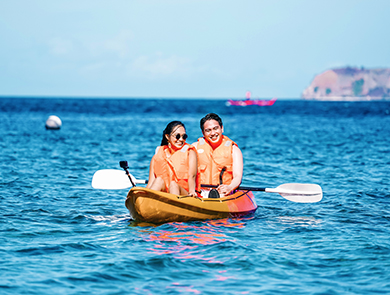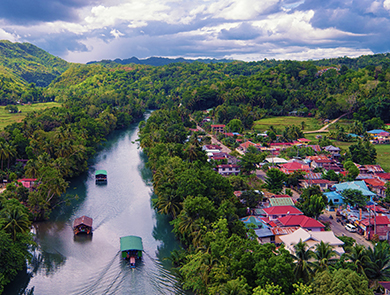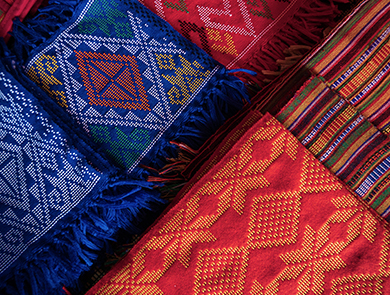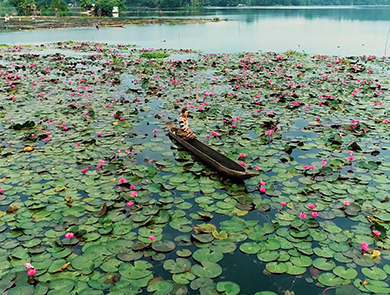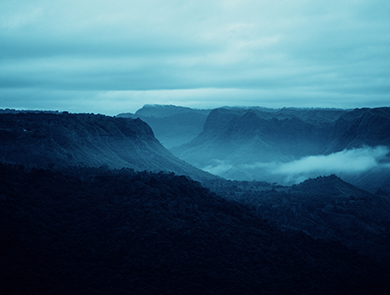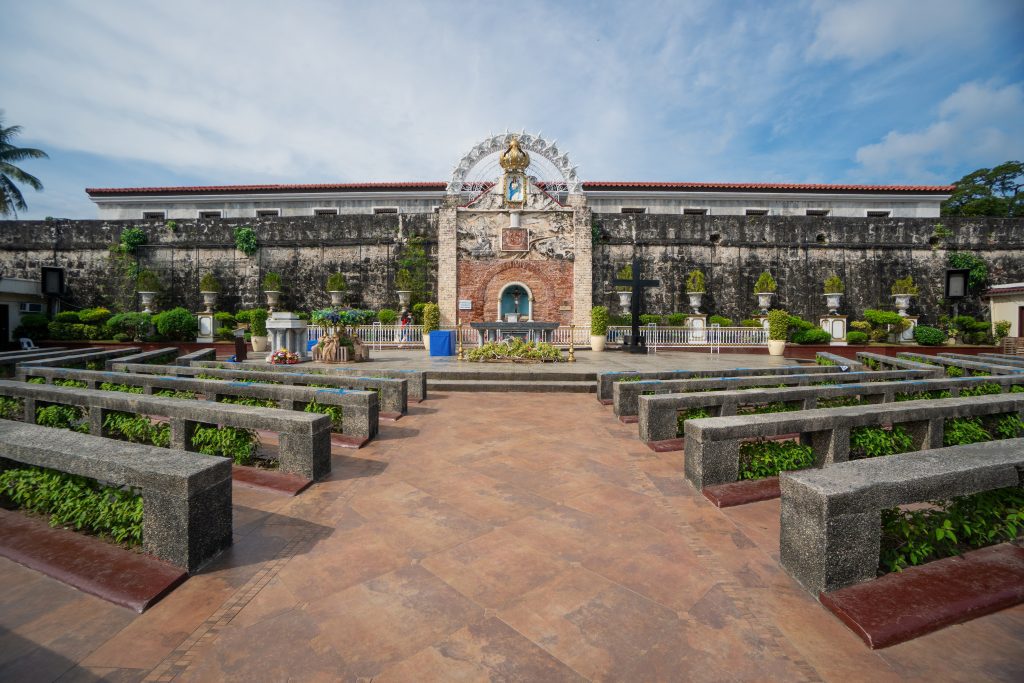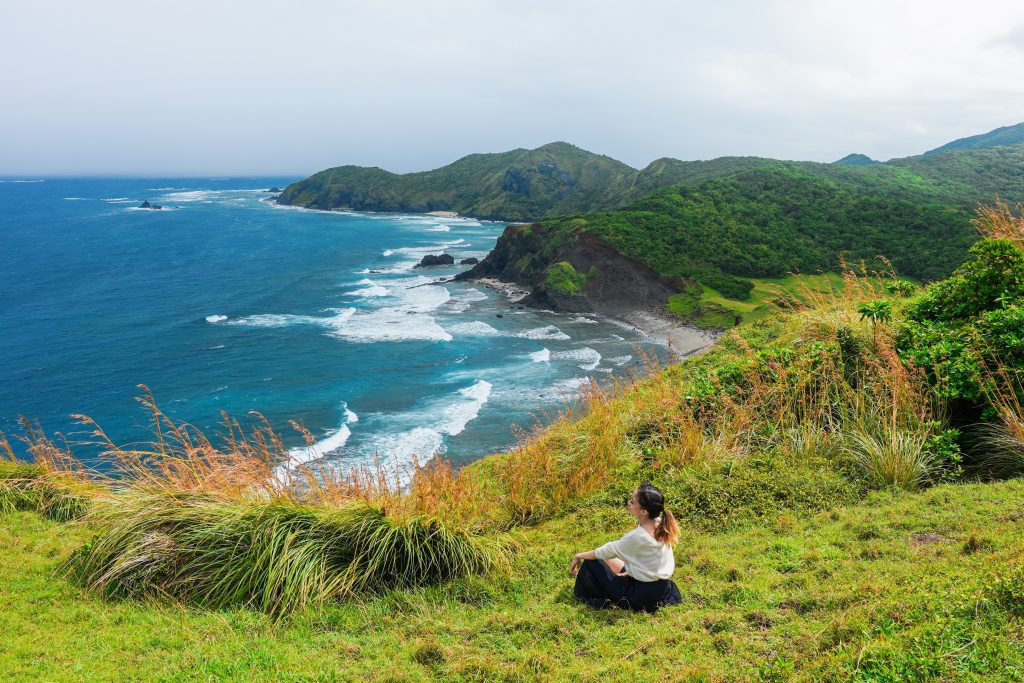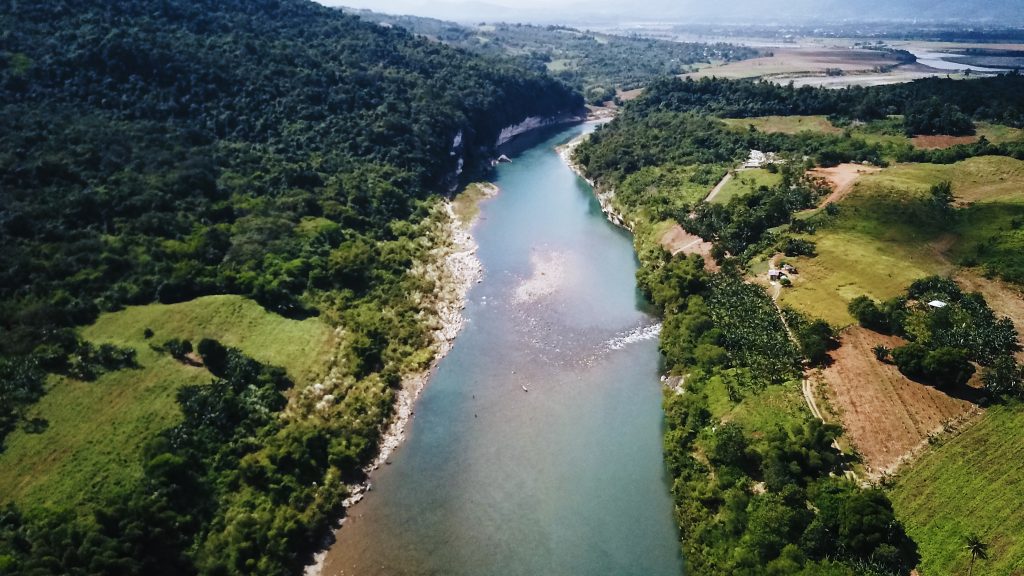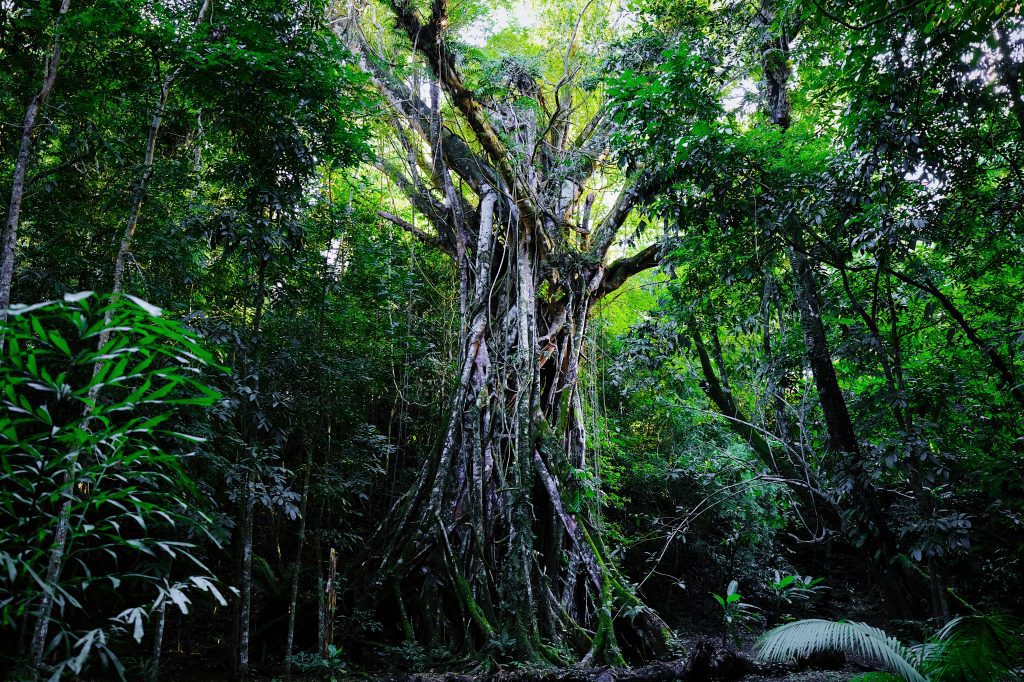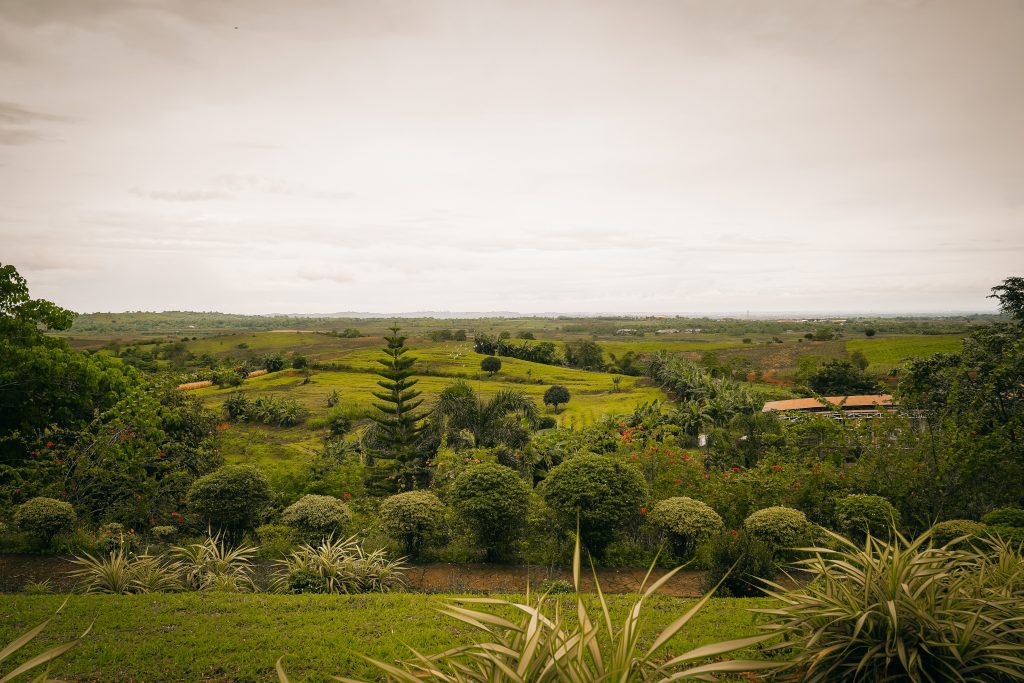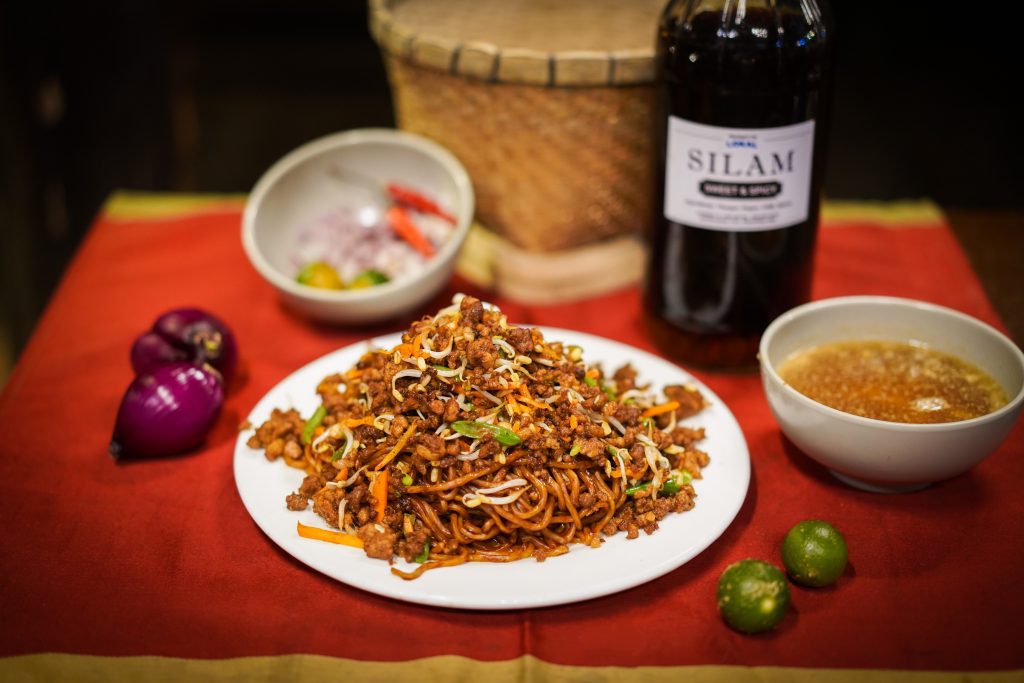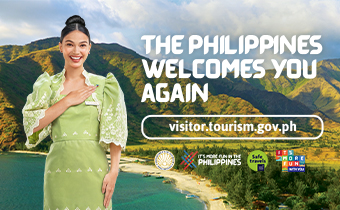The Philippine Experience program is the Department of Tourism’s cultural tourism initiative aimed at showcasing and celebrating the rich culture, heritage, and arts of the Philippines. It has been developed as part of the DOT’s efforts to emphasize and promote the unique Filipino brand and identity within the travel and tourism industry.
Taking inspiration from Cebu’s successful Suroy Suroy Sugbo program, which involves a comprehensive community-based cultural mapping project to identify and preserve the province’s natural and cultural treasures, the Philippine Experience program aims to provide visitors with an immersive and authentic cultural experience.
Embark on one of the five themed tours offered by the Philippine Experience program, where you can delve into vibrant living cultures experiences, explore historical, natural and cultural heritage sites, admire various artistic expressions, welcome wellness and faith encounters, and savor the diverse flavors and local produce of the Philippines. To learn more about the program, feel free to browse our special Philippine Experience passport for Davao Region which contains detailed information and exciting highlights.
Know more about Davao Region
FESTIVALS:
KADAYAWAN SA DABAW (August)

MUSIKAHAN SA TAGUM (February)

SUMMER SAYA SA ISLA (May)

BULAWAN FESTIVAL (March)

FIVE PROVINCES:

When it comes to eco and highland adventures, Davao del Sur is the perfect place to be. Start by scaling the king of all mountains, Mount Apo, the Philippines’ highest at 2,954 meters above sea level. It also boasts of various mountain trails depending on one’s skills level.
The province also leads in the preservation of local arts and traditions with their array of cultural villages, including the Salinta Monon Weaving Center in Digos City, named after the late National Living Treasures awardee who once taught the art of Inabal weaving, and the Tibolo Cultural Village, which showcases the culture and traditions of the Bagobo-Tagabawa tribe at the foot of Mt Apo.
Davao del Sur also has various outdoor leisure attractions, such as upland gardens, cafes and resorts adorned with artistic installations, situated along the Kapatagan-Bansalan corridor.
Must-buys from the province include Bansalan coffee, inabel fabric, fresh organic produce, and Bagobo-Tagabawa trinkets and accessories.

Regarded as the region’s last frontier, Davao Occidental is a religious pilgrimage haven as it holds a bevy of old churches, heritage houses and religious landmarks from the town centers to the hilltops of the municipalities of Sta Maria to Jose Abad Santos.
To those who enjoy the great outdoors, the province is naturally endowed with waterfalls and surfing-ready beaches situated in the towns of Malita, Jose Abad Santos and Don Marcelino, and wild mountain trails in Mt. Sumadel and Mt. Monkeyawa in Sta. Maria. The islands of Sarangani and Balut are some of the region’s most pristine beach destinations.
Must-buys from the province include tupiri woven products from the Sangir tribe and nito woven products from the Blaan tribe.

Davao del Norte is the region’s center for agri-ecotourism. This bustling province prides itself with budding agricultural developments and mixed-used tourism hubs across its cities and municipalities. This includes Panabo City Mangrove Forest Park, the Mariculture Park, Hijo Resort, Tagum Aquamarine Complex, and Tagumpay Nature’s Park.
The Island Garden City of Samal has long been known as the crown jewel of the province with its rows of beach and inland resorts, dive sites, wildlife conservation and other fun-filled land and aquasports endeavors. The municipalities of Kapalong, Sto. Tomas, and Talaingod are also popular with heart-pounding adventures, such as spelunking, trail hiking and other outdoor pursuits.
The province also celebrates its annual Tipanud Festival in honor of its tribes: Mansaka, Sama, Dibabawon, Mangguangan, Ata-Manobo, Mandaya and Kalagan.
Must-buys from the province fruit wines, banana products and native woven products.

Davao de Oro is known for its natural, leisure and wellness attractions. From nature parks and mountain resorts surrounded by sea of clouds, to spectacular lakes, waterfalls and natural hot spring that assure relief and relaxation, mostly managed by the local communities.
Bilawa Hot Spring, Lake Leonard and the numerous cascades and mountain trails of Maragusan are some of the most-visited sites in Davao Region.
In-land resorts, recreational sites and local concessions dot Davao de Oro’s highland and valleys while its coastal area offers rest and relaxation locales ranging from mid to high end island beach resorts.
The province is home to Mansaka, Mandaya, Manobo, Mangguangan, Dibabawon and Kagan ethnic communities.
Must-buys from the province include Kagan delicacies, Bya’is traditional wine, bibingka and Mansaka woven products.

Davao Oriental takes pride of its diversity of attractions, from its cluster of exhilarating cascades, world-class dive sites and flourishing reefs, to towns and landmarks that chronicled its rich history.
Located in the borders of Mati City and the municipalities of San Isidro and Gov Generoso, Mount Hamiguitan is an important attraction in the province and region, being a UNESCO World Heritage Site, the first in Mindanao. This more than 2,000 hectare protected forest is a realm thriving with rich biodiversity.
The province is also home of three of the Most Beautiful Bays in the World : Balete, Mayo and Pujada bays in Mati City teem with rich marine resources from turtles, dolphins, dugongs, to thriving corals and reefs.
To immerse in an enriching cultural experience, the Mandaya villages in Sitio Sangab in Caraga is considered as one of the outstanding culturally rich indigenous communities in Southern Mindanao that has stood the test of time.
Other historical and important sites in the province include the San Salvador del Mundo church, parolas of Cape San Agustin, Pusan Point, and Subangan Museum, which chronicles the cultural, historical, social and economic development of the province.
Must-buys from the province include dagnay fabrics, bottled chilli, and coconut products.
WHERE TO STAY IN DAVAO?
To elevate your experience, we invite you to check our DOT-accredited accommodation facilities and indulge in a truly unforgettable stay.
DAVAO’S 11 TRIBES
Davao City is home to 11 indigenous and Muslim tribes, living peacefully and harmoniously in this bustling metropolis. Their colorful and rich culture and traditions are among the strong foundations of the vibrance, growth and identity of the city.
The Atas or “dwellers in highlands” are powerful people who appear to be a mixture of Negritos and Malays. As occupants of the headwaters of Davao, Tuganay and Libuganon Rivers, the Atas depend primarily on hunting as their livelihood.
The Iranun were regarded as the fiercest pirates in the Malay world, adopting a typical maritime lifestyle of sea invaders. They navigate the merchant shipping and coastal settlements in the Philippines, the straits of Malacca and the islands beyond Sulawesi. In present day, they are known as fishermen and long-distance traders.
The Kagan people are known as agriculturists – cultivating rice, corn, abaca, and coconut for cash crops. Those who live near the coasts practice fishing. They are Tagakaolo who have converted to Islam either through intermarriage or contact with the Maguindanaons.
The Klatas occupy a territory stretching from Catalunan to Calinan within Davao City. Their traditional population centers included Blao, Tagakpan, Dulian, Sirib, Gunalong and Tamugan. They were known then as forest dwellers.
The Maguindanaons are known as the people of the flood plain in Mindanao, originating from the province of Maguindanao. They reside around the three district of the city and nearby provinces. Living mostly along the mouths of rivers, they impeded the Spanish colonizers efforts at bringing the other tribes of Davao within the Christian fold.
Maranaos are known for their colorful traditional attires. Called the People of the Lake, they are brave and historically, offered sacrifices in defense of their homeland and to their religion, Islam. They take pride of their rich literature called Darangen and are adept in metal and wood crafts like the torogan, a special house built for a Maranao maiden, and okir, an artistic design.
Matigsalog or “River People” are considered to be the most aboriginal inhabitants of Mindanao. In Davao City, they are mostly located in the hinterlands of Marilog, Marahan or Paquibato. Their houses are built near the rivers, often on the forks of trees.
Ovu-Manuvos are known for their intricate casting, fine weaponry, and jewelry. For them, these things possess souls as souls also possess animate objects. Obu oral tradition tells of Apo Sandawa’s journey from the north to Davao. Apo Sandawa’s point of entry in Davao was at Ulas. From Ulas, Apo Sandawa and hid family moved north towards the Talomo mountains, even reaching Mt. Sinaka.
Sama people value togetherness. They are described as cohesive and peace-loving. Their forebears are said to possess special powers, having the supernatural ability to invite spirits called “Jin” to do things for them. Majority of Sama reside in the coastal barangays from Bunawan to Toril.
Tagabawa, which means “people from the south”, occupy the districts of Marilog, Baguio, Calinan, Tugbok and Toril. Natives who identify themselves as such are called Bagobo. They are known for their intelligence.
Tausugs, originally from Sulu, are known as the “people of the current” and are known for their courage and bravery. Loyalty is an important trait among the Tausugs. They practice the ritual of blood compact to signify the depth of their loyalty to one another. They are fierce and dangerous but the moment one befriends one of them, the bond will be enduring.


